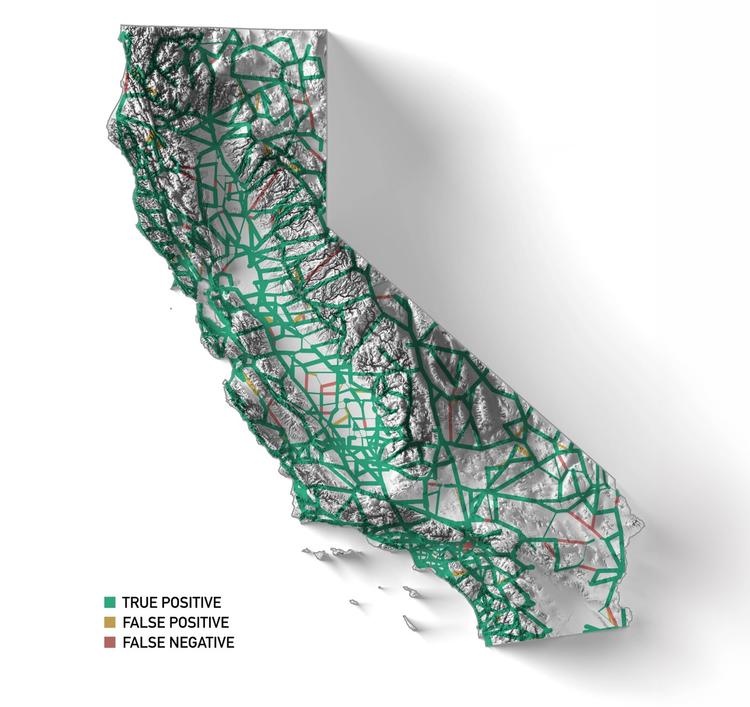
Modeling of spatially embedded networks via regional spatial graph convolutional networks
Type
Abstract Efficient representation of complex infrastructure systems is crucial for system-level management tasks, such as edge prediction, component classification, and decision-making. However, the complex interactions between the infrastructure systems and their spatial environments increased the complexity of network representation learning. This study introduces a novel geometric-based multimodal deep learning model for spatially embedded network representation learning, namely the regional spatial graph convolutional network (RSGCN). The developed RSGCN model simultaneously learns from the node s multimodal spatial features. To evaluate the network representation performance, the introduced RSGCN model is used to embed different infrastructure networks into latent spaces and then reconstruct the networks. A synthetic network dataset, a California Highway Network, and a New Jersey Power Network were used as testbeds. The performance of the developed model is compared with two other state-of-the-art geometric deep learning models, GraphSAGE and Spatial Graph Convolutional Network. The results demonstrate the importance of considering regional information and the effectiveness of using novel graph convolutional neural networks for a more accurate representation of complex infrastructure systems.

